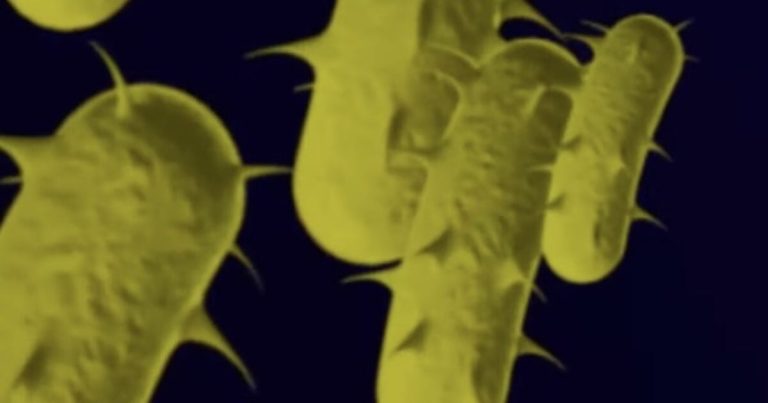
Scientists at Stanford University have discovered a new “virus-like entity” shaped like obelisks.
Science magazine reported that a group of scientists from Stanford University discovered obelisk-shaped viral entities residing in the human intestines and mouth.
According to the Stanford team, the “obelisks” contain genomes made up of loops of ribonucleic acid (RNA), and sequences belonging to them have been discovered all over the world.
Gizmodo reported that scientists discovered nearly 30,000 of these special sequences by “analyzing databases that classified the active genes of gut and oral microbes, using an algorithm to search for unknown genetic sequences that could represent independent loops of RNA similar to Viruses.”
In the human gut a @stanford The research team found nearly 30,000 RNA circles, each consisting of about 1,000 bases and likely representing a distinct obelisk. They are unlikely to be true viruses, but these microorganisms may alter bacterial activities within us. https://t.co/5cnNs9KBqF
– Laurie Garrett (@Laurie_Garrett) January 29, 2024
For every science:
As they collect and analyze vast amounts of genetic sequences from plants, animals, and microbes, biologists continue to encounter surprises, including some that may challenge the very definition of life. The latest, published this week in preprint, is a new type of virus-like entity that inhabits bacteria that live in the human mouth and intestines. These “obelisks,” as the Stanford University team that discovered them were called, contain genomes that appear to be made of loops of RNA, and sequences belonging to them have been found all over the world.
Other scientists are happy that the obelisks have appeared for the first time. “It's crazy,” says Mark Pifer, a cell and developmental biologist at the University of North Carolina at Chapel Hill. “The more we look, the crazier things we see.”
It's not yet known whether obelisks affect human health, says Matthew Sullivan, an integrative biologist at Ohio State University, but they can alter the genetic activity of their bacterial hosts, which in turn can affect human genes.
Most people know RNA, or ribonucleic acid, as the alter ego of DNA, transporting protein-making recipes encoded in a DNA-based gene to molecular “kitchens” outside the cell nucleus that binds the protein’s amino acids together. But more than 200 viruses, including those that cause influenza, Ebola and Covid-19, bypass DNA, and their genomes consist of RNA only. Their genomes include sequences that encode proteins that make up the viral shell and ribozymes, enzymes that allow the virus to copy its original RNA once inside the cell.
“A new species of virus-like organism inhabits bacteria that live in the human mouth and intestines. These 'obelisks'… contain genomes that appear to be made of loops of ribonucleic acid (RNA) and sequences belonging to them have been found all over the world. https https://t.co/SJWaR773st
– Michael Wagner (@MichiWagner4) January 30, 2024

